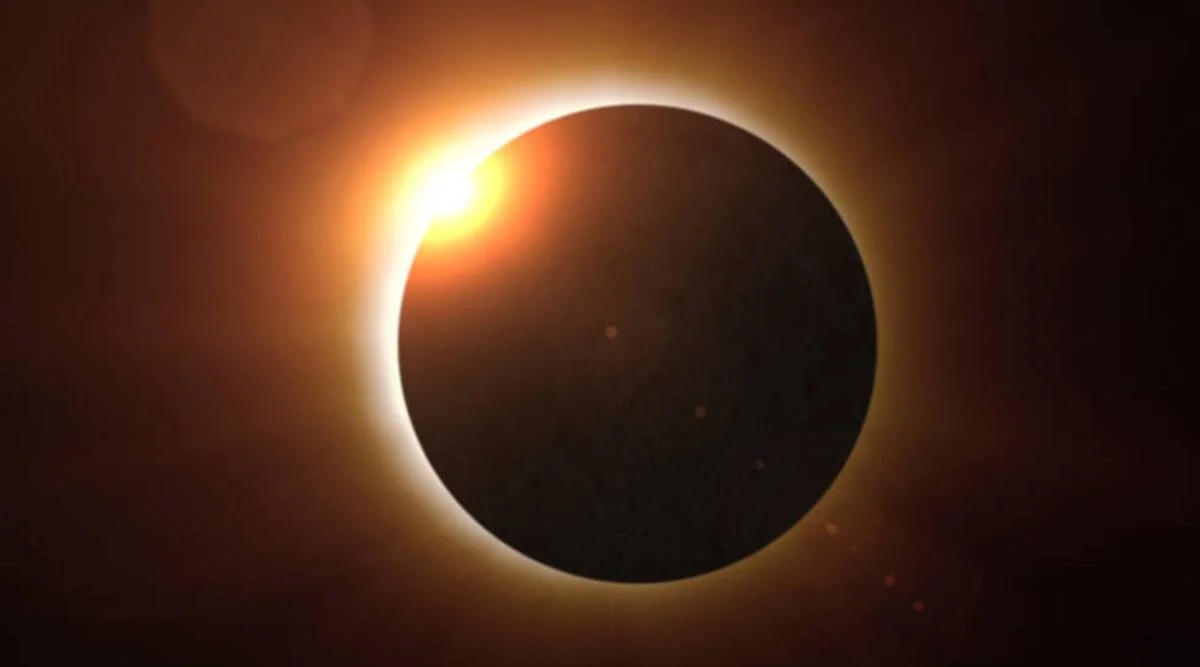On April 20, parts of the Pacific and Indian Ocean regions will experience a rare event called a hybrid solar eclipse. This type of eclipse shifts from total to annular as the moon’s shadow races over Earth. In some places, the moon completely blots out the sun, whereas in others, a ring of light is visible around the edge of our natural satellite.
Hybrid solar eclipses are quite rare, occurring just a few times every century, and one will grace our planet’s skies less than two weeks from now. While not observable from the U.S., the hybrid eclipse will be visible from western Australia, East Timor, and eastern Indonesia beginning at 21:36 EDT on April 19 (0136 GMT on April 20) and ending at 2:59 a.m. EDT (0659 GMT) on the following day, according to In the Sky.
Some skywatchers in this region will be treated to a total solar eclipse, whereas others will see a “ring of fire” annular eclipse. Still, others will witness a partial solar eclipse, with the moon taking a bite out of a portion of the sun.
There are two points on Earth where the eclipse will transition from annular to total to annular again. However, those two spots are remote locales in the middle of the ocean.
This hybrid eclipse will appear as a total or annular solar eclipse when viewed from Western Australia from 10:29 p.m. to 10:35 p.m. EDT on April 19 (0229 to 0235 GMT on April 20), in East Timor from 11:19 p.m. to 11:22 p.m. EDT (0319 to 0322 GMT), and in Indonesia from 11:23 p.m. to 11:58 p.m. EDT (0323 to 0358 GMT).
The celestial event will appear as a partial eclipse from many more countries, including the French Southern Territories, Papua New Guinea, and the Marshall Islands, according to In the Sky.
Hybrid eclipses occur due to the fact that Earth is curved and the moon’s shadow has different regions, particularly a darker central region known as the umbra and a lighter outer region, the penumbra. Hybrid eclipses happen when the moon is as far away from Earth as it can be in its elliptical orbit, while still having the umbra meet the surface of our planet.
This is the first time a hybrid solar eclipse has occurred in almost 10 years, with the last one happening on Nov. 3, 2013. The next hybrid solar eclipse after this month’s will occur in November 2031 and will be visible from some parts of the contiguous United States. After this, the next time skywatchers will get to see a hybrid eclipse is on March 23, 2164.
In conclusion, skywatchers in parts of the Pacific and Indian Ocean regions will have the opportunity to observe a rare hybrid solar eclipse on April 20, with some locations experiencing a total or annular eclipse, while others will witness a partial eclipse.




